Date: 1910
Address: 4308 Hermitage Road
The large stone entrance gate at the intersection of Hermitage, Bellevue and Pope Avenues stands as a symbol of Richmond’s North Side, but also as a historical vestige of William Young’s 600 acre ‘Westbrook Estate’ in the late 1700s. The land was later subdivided, and purchased by Joseph Bryan, founder of the Times-Dispatch, who eyed the area to serve the large, quickly growing suburban residential tracts served by the trolley line. After his death, the land was donated to the city in 1910 by his widow, Belle Stewart Bryan.
Similar to Forest Hill Park on the Southside in many regards, Bryan Park’s aesthetic style could also be classified as American Craftsman, with stone houses constructed during through the Works Progress Administration, largely pastoral land and the winding Princeton Creek. Unfortunately, the park’s large, 262 acre footprint is a peninsula surrounded by a network of interstates, with only Bryan Park Ave to the north able to take advantage of a direct adjacency, overlooking Young’s Pond.
Those looking for recreation know the park for its disc golf course and athletic fields, hiking and biking trails, or sledding in the winter. More event minded visitors know it for the Market Emporium, a Tuesday farmer’s market during the summer and fall, or the bird walks hosted monthly by the Audubon Society. Others are familiar with the 17 acre Azalea Garden, founded in 1952, which boasts over 450,000 azalea plants with a central fountain.
Like other large plots of undeveloped land now used as greenspace in the city, Joseph Bryan Park has a lengthy history of past uses including housing a settlers’ plantation, a Confederate calvary camp (Richmond’s outer defense line), and sites for grain and lumber mills. Most notably, the land was intended for a planned slavery insurrection, Gabriel’s Rebellion. The revolt was delayed by rain and later disintegrated, unsuccessful. The park was added to the National Historic Register in 2002, and a deeper history of the land can be found in a book sold by Friends of Bryan Park.
M.F.A

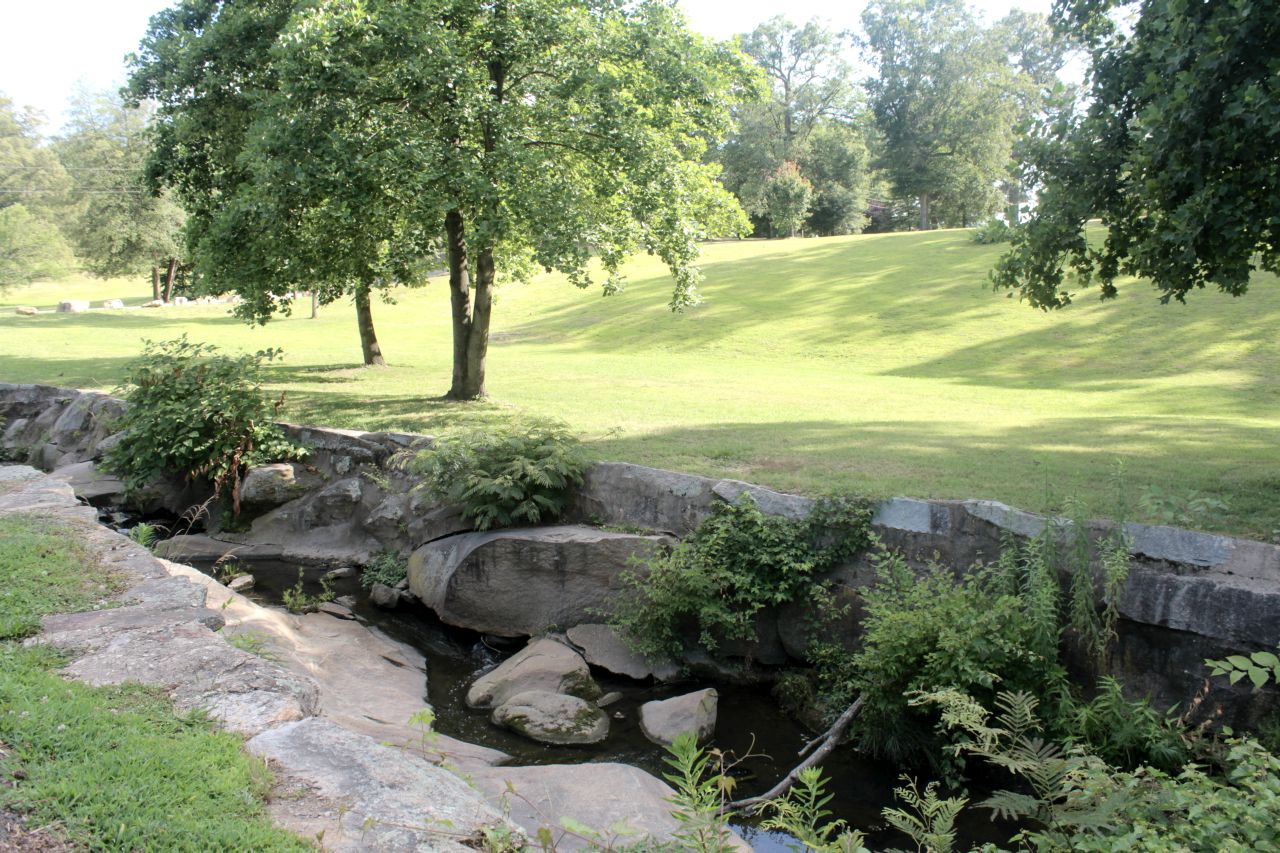


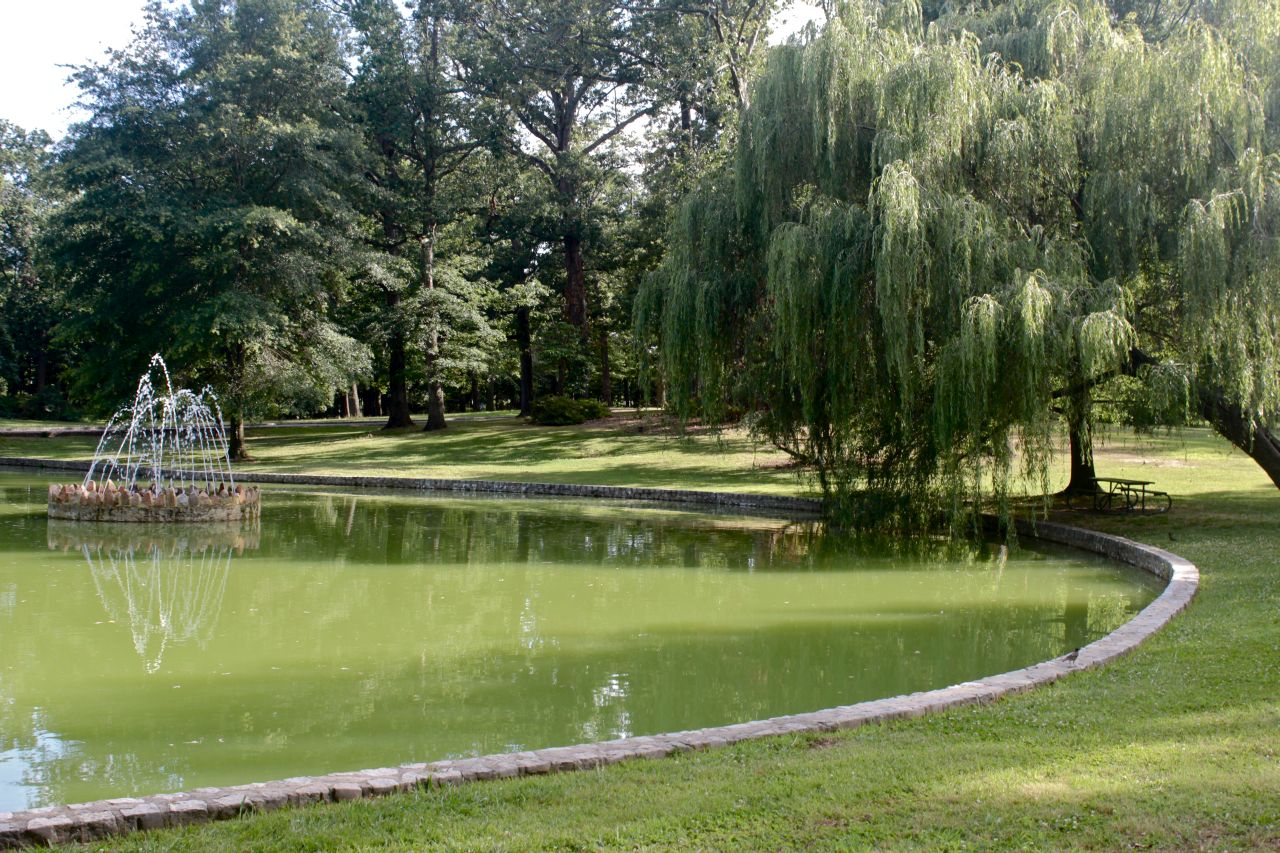
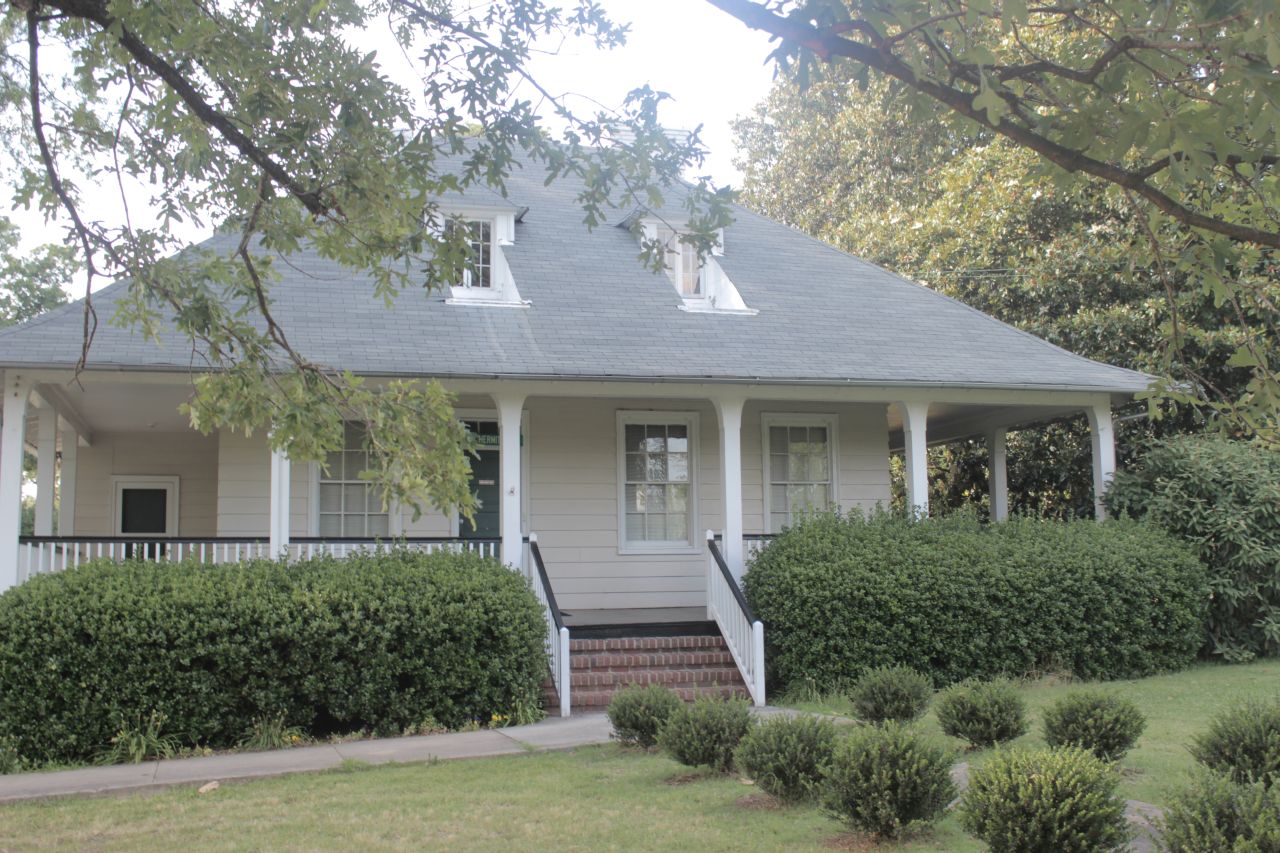
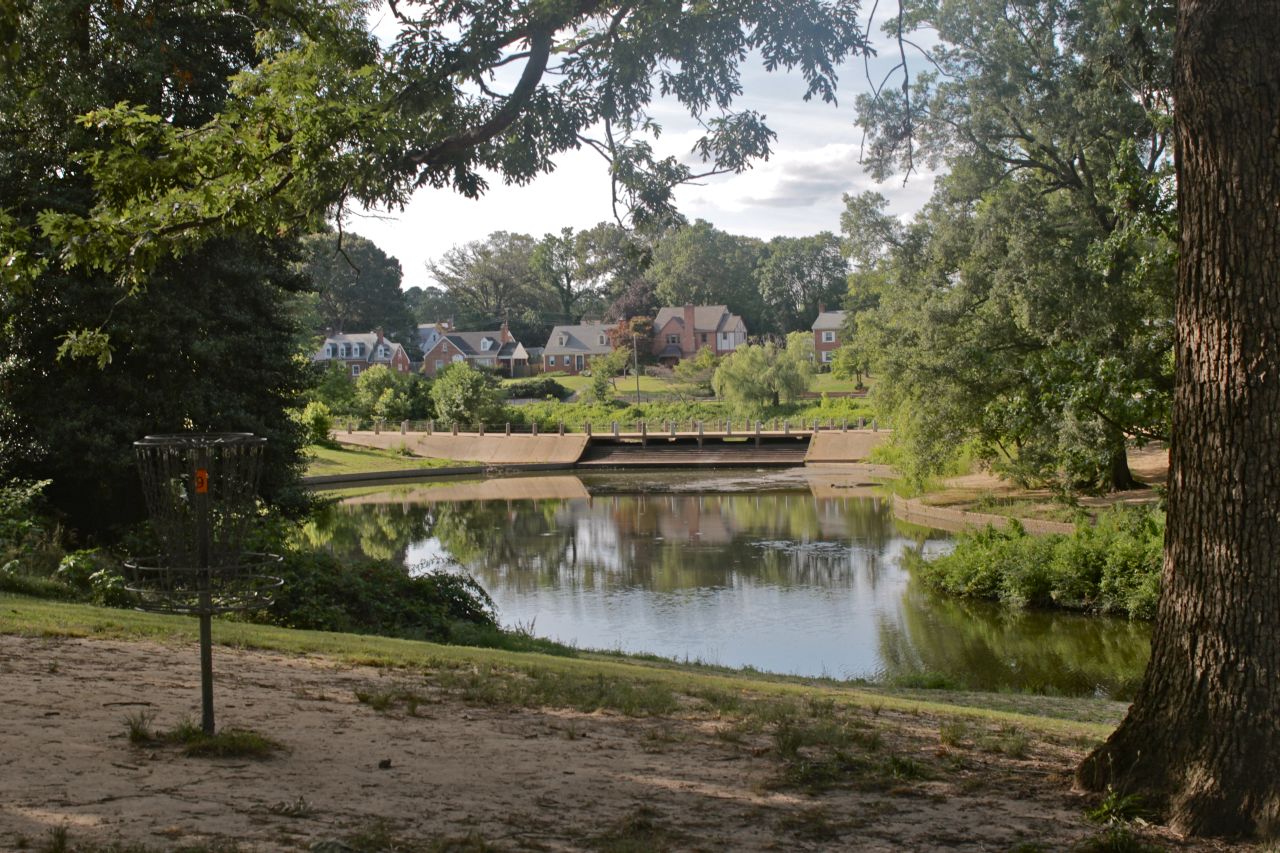
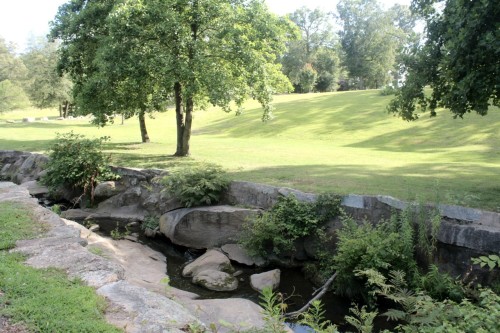



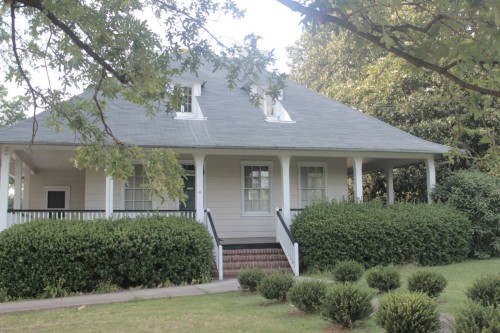

Write a Comment